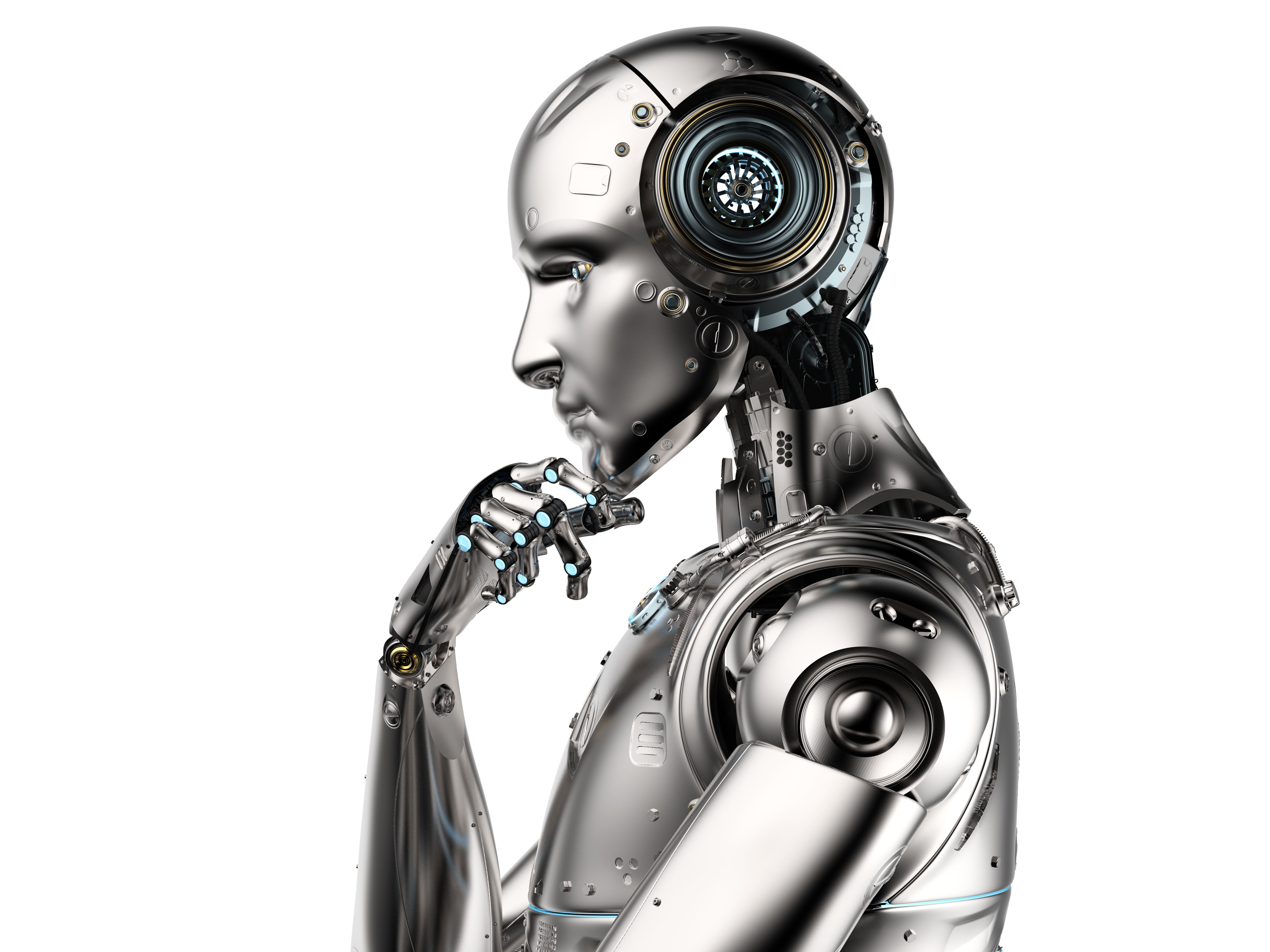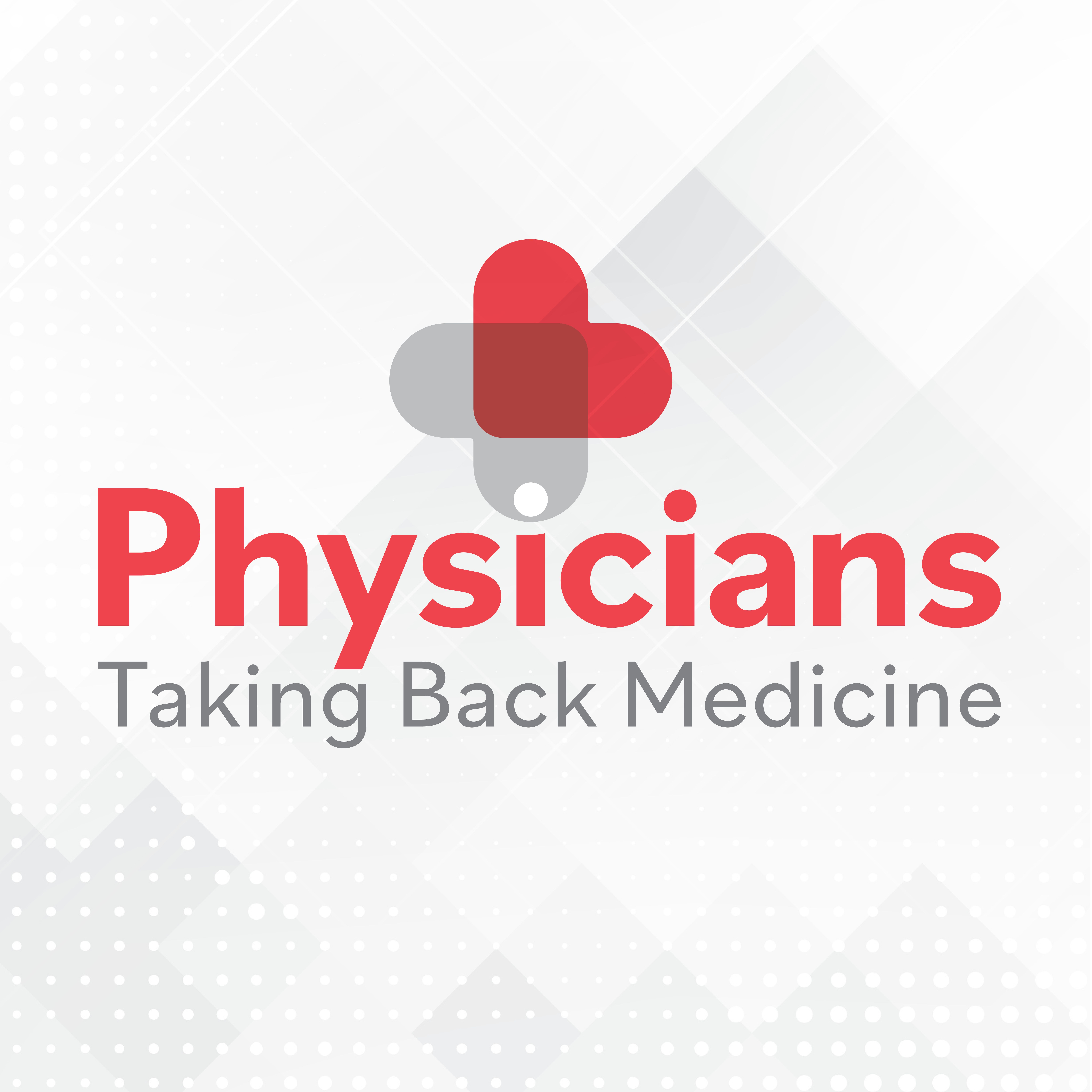Article
Are AI assistants key to fixing physician burnout?
Author(s):
The results of physician trials led by the AAFP Innovation Lab are very promising.

Physician burnout is one of the most pervasive problems facing medicine today. Can an AI assistant help?
While the impacts of the COVID-19 pandemic are often highlighted as a main source of burnout, most issues contributing to burnout among physicians predate the pandemic, according to Steven E. Waldren, MD, MS, the vice president and chief medical informatics officer for the American Academy of Family Physicians (AAFP). Waldren spoke during a session at the HIMSS22 Global Health Conference in Orlando.
The main culprits, Waldren said, are administrative burdens: documentation, billing, prior authorizations, quality metrics, EHR systems that don’t work well enough. It’s all the stuff that keeps physicians away from their patients.
“Why are they burned out? It’s the amount of administrative work they have to do and the time constraints they have on being able to practice the medicine the way the want to,” he said.
One of Waldren’s roles with AAFP is with the academy’s Innovation Lab, which has spent the last few years studying technology tools that can help front-line primary care physicians deal with the challenges of running a modern medical practice. The lab’s studies are aimed at addressing what Waldren says are the three main areas: reducing the clerical burden, support value-based programs and integrate artificial intelligence and machine learning into the routine of a family physician.
Waldren explained that the lab evaluates technology in three phases, starting with a proof-of-concept stage in which 10 clinicians across a few practices use a product to see how well it works. If it passes that stage, about 100 clinicians across the AAFP membership will use the product to make sure its workable. Once a breakthrough product shows to really help physicians, then the AAFP moves onto the educational phase.
So how are AI tools to assist with clinical documentation faring? Are they showing improvements in physician burnout?
The results are encouraging.
Waldren pointed to a product called Suki, an AI digital assistant which works like Alexa or Siri. Essentially a physician uses their voice to assist with documentation. Waldren explained that a physician can ask Suki to retrieve a specific note template, say for an annual wellness visit or a diabetes screening.
During AAFP’s Innovation Lab trial, 132 physicians used this product, which resulted in a 72% reduction in documentation time, reducing it to 3 minutes per note. This resulted in 3.3 hours saved per week, Waldren said.
One of the primary challenges facing documentation assistants like Suki or any other helpful health technology is that they must be integrated with the EHR to provide benefits to clinicians, Waldren says, and integration services vary among EHR vendors.
He explained that one EHR vendor might take a work week to help a practice integrate something like Suki with their system while another vendor with similar capabilities could take weeks.
One of the major benefits to the Innovation Lab’s approach to finding burnout solutions is that physicians are often skeptical of tech tools until they have seen their peers in a similar practice situation use the tool successfully. Because of burnout, they are often too busy to even try these new things. So having proof that other physicians have “been there, done that, and been successful” is key, Waldren said.





